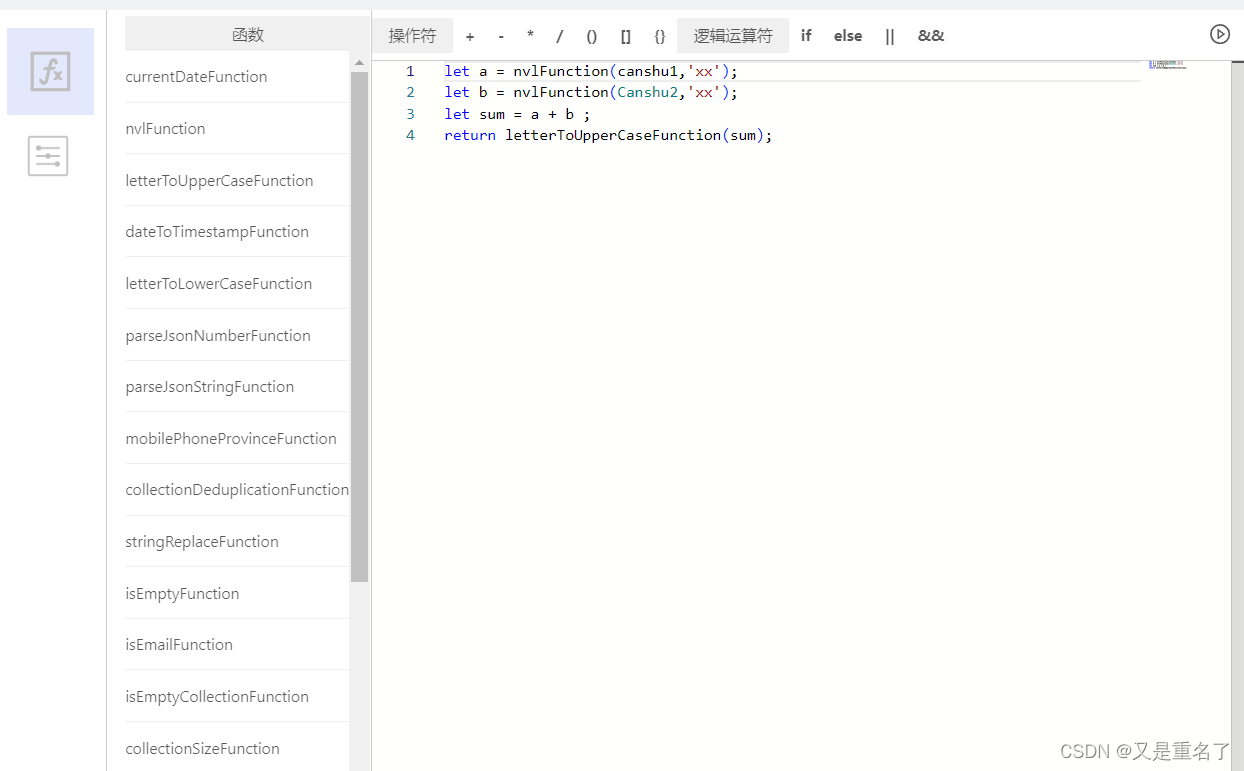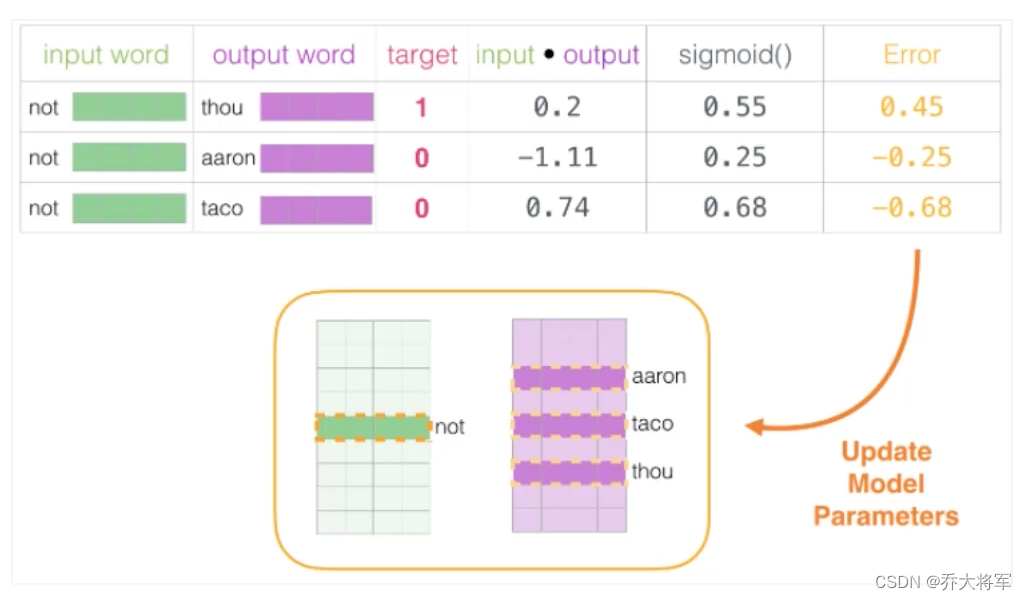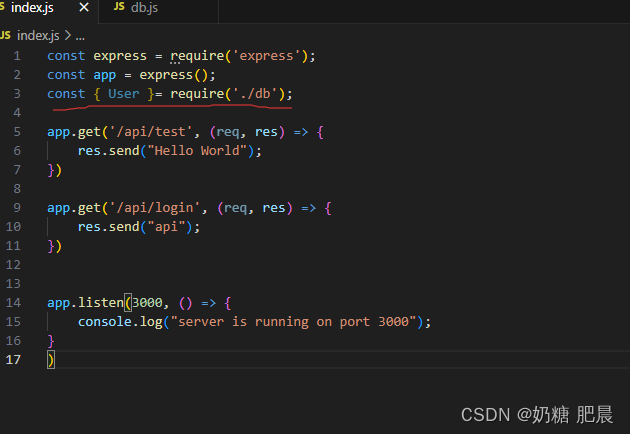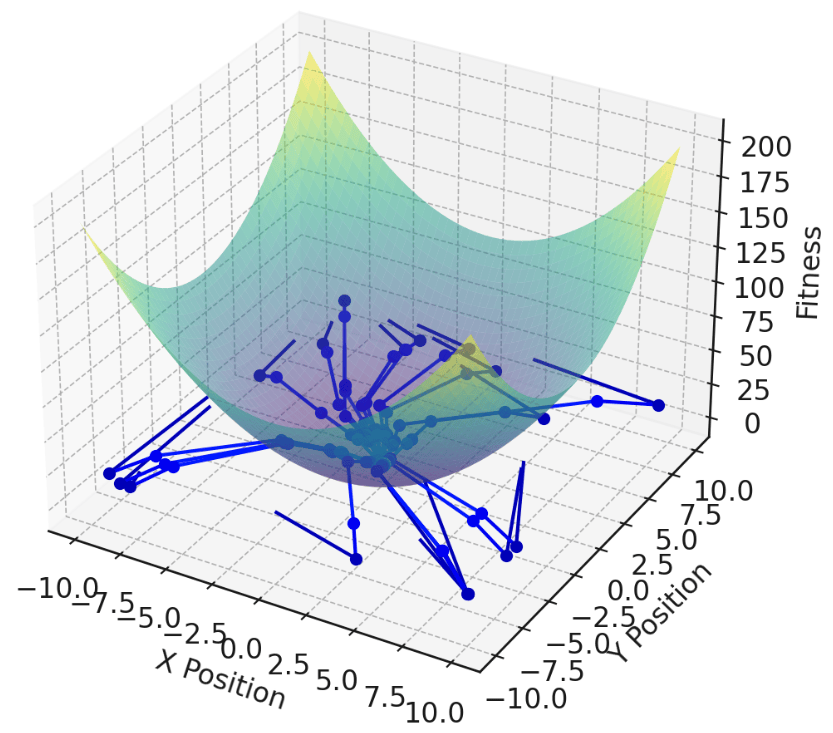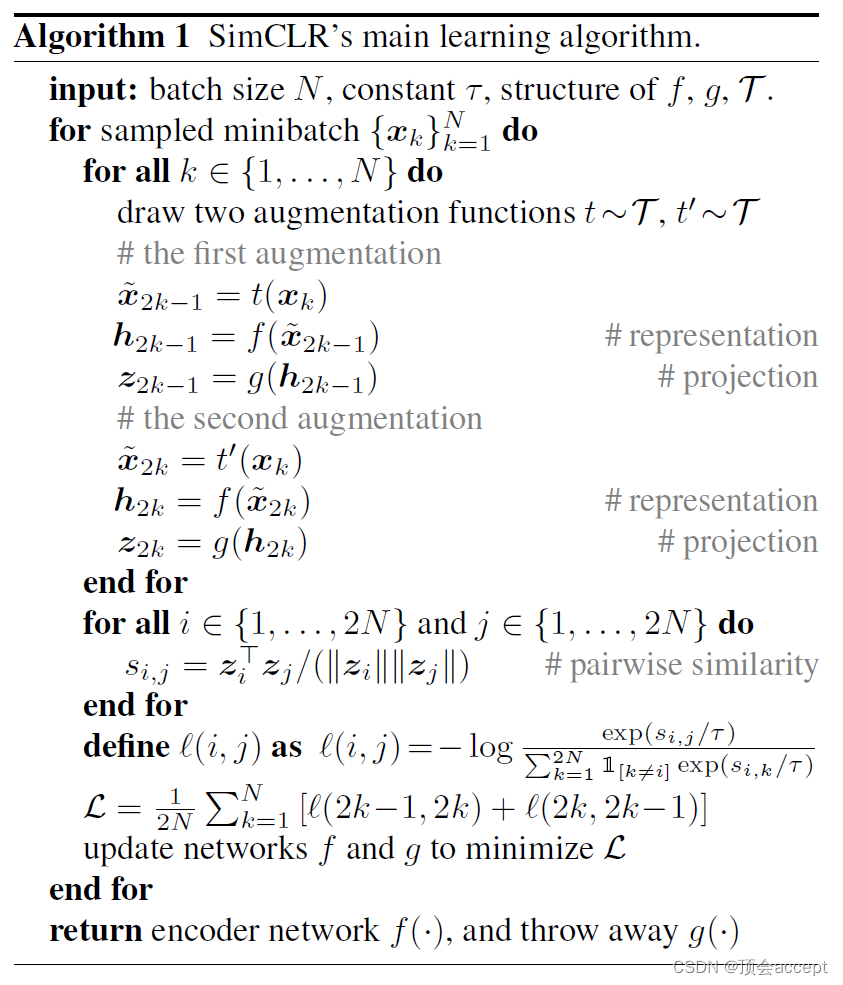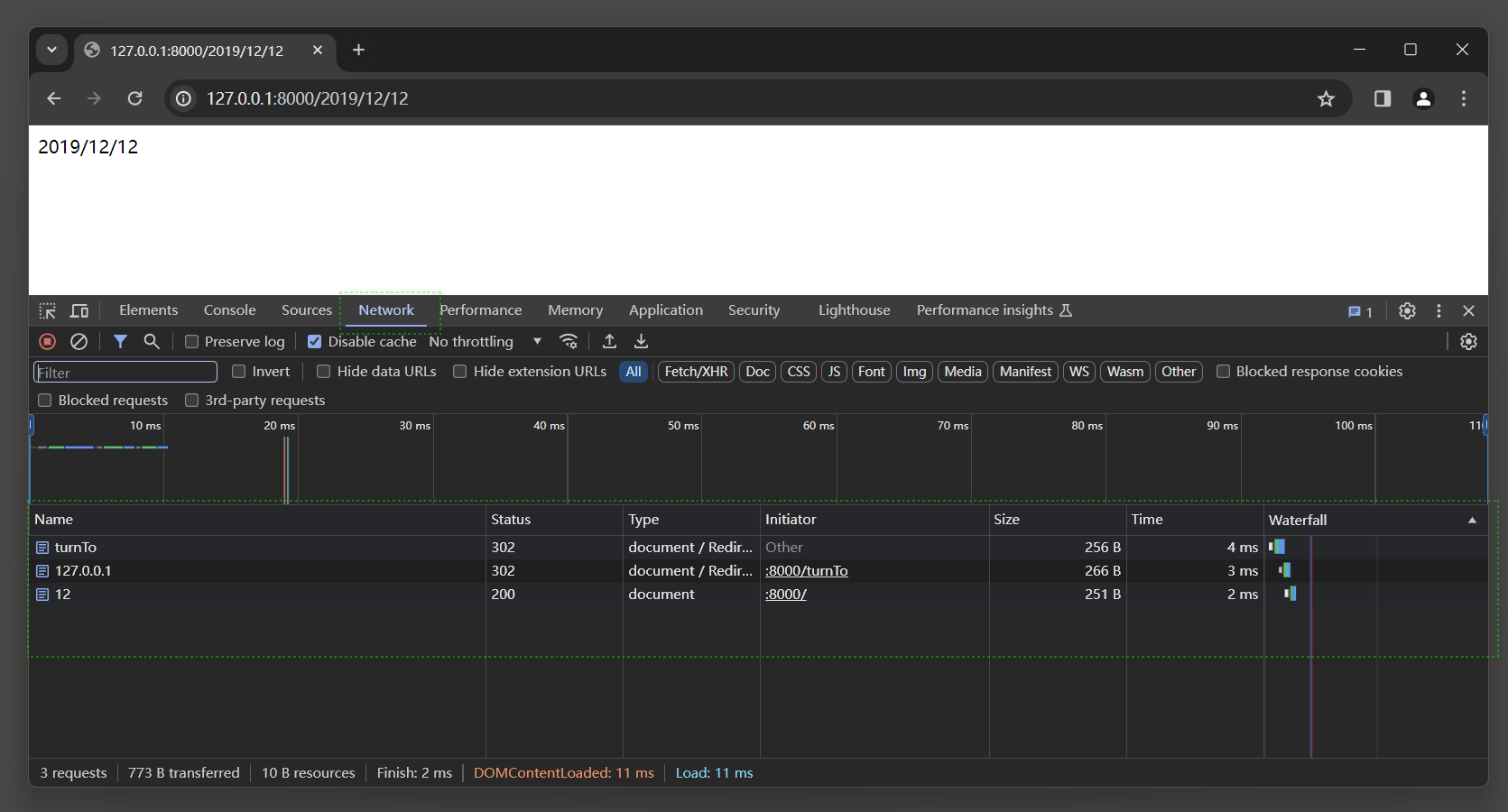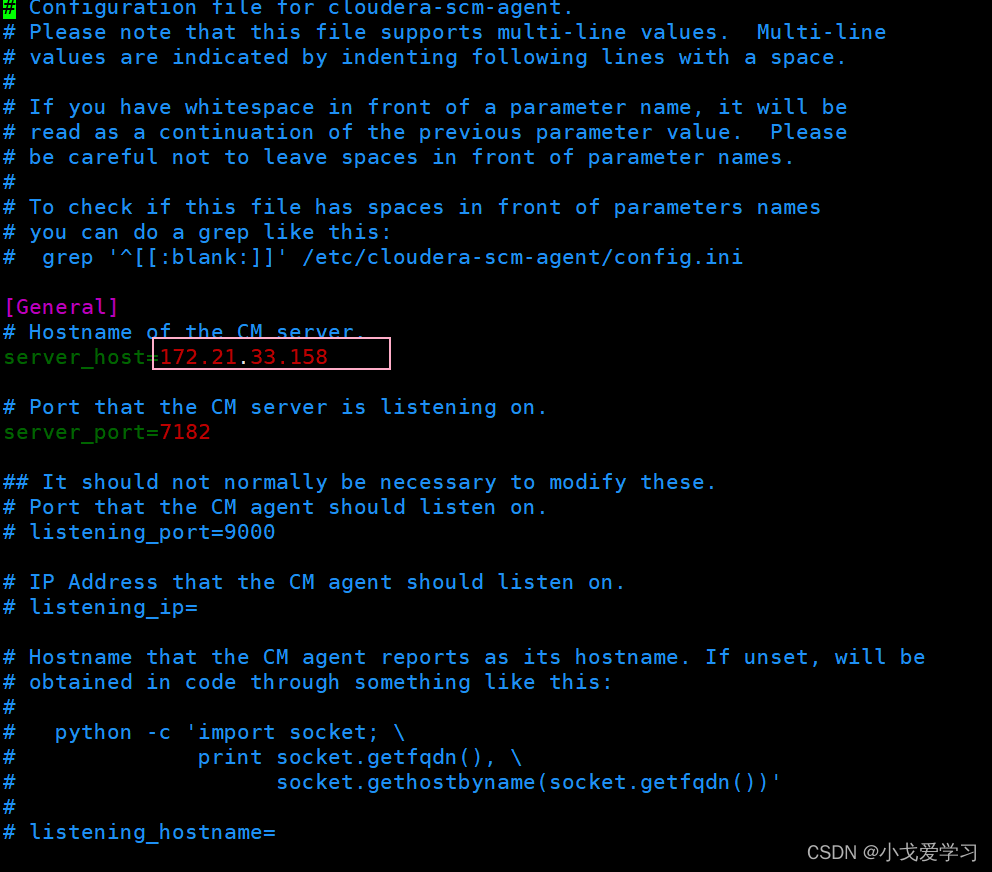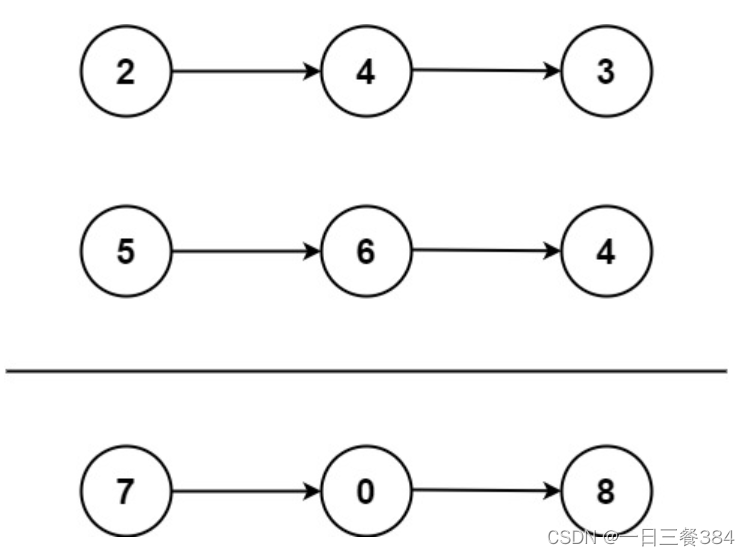1、相交链表

本题思路就是定义两指针,指向两链表的同一起跑线,然后共同往前走,边走边判断两链表的节点是否相等, 代码如下:
/*** Definition for singly-linked list.* public class ListNode {* int val;* ListNode next;* ListNode(int x) {* val = x;* next = null;* }* }*/
public class Solution {public ListNode getIntersectionNode(ListNode headA, ListNode headB) {ListNode curA = headA;ListNode curB = headB;int countA = 0;int countB = 0;while(curA != null){countA++;curA = curA.next;}while(curB != null){countB++;curB = curB.next;}curA = headA;curB = headB;if(countA > countB){int count = countA - countB;while(count > 0){curA = curA.next;count--;}}else if(countB > countA){int count = countB - countA;while(count > 0){curB = curB.next;count--;}}while(curA != null){if(curA == curB) return curA;curA = curA.next;curB = curB.next;}return null;}
}2、反转链表

经典题目,原地操作,需要定义一个pre节点, 具体代码如下:
/*** Definition for singly-linked list.* public class ListNode {* int val;* ListNode next;* ListNode() {}* ListNode(int val) { this.val = val; }* ListNode(int val, ListNode next) { this.val = val; this.next = next; }* }*/
class Solution {public ListNode reverseList(ListNode head) {if(head == null) return null;ListNode cur = head;ListNode pre = null;while(cur != null && cur.next != null){ListNode temp = cur.next;cur.next = pre;pre = cur;cur = temp;}cur.next = pre;return cur;}
}3、回文链表

本题思路是将链表的节点值存入数组中,然后用左右指针分别判断数组的左右两边元素值是否相等, 代码如下:
/*** Definition for singly-linked list.* public class ListNode {* int val;* ListNode next;* ListNode() {}* ListNode(int val) { this.val = val; }* ListNode(int val, ListNode next) { this.val = val; this.next = next; }* }*/
class Solution {public boolean isPalindrome(ListNode head) {List<Integer> list = new ArrayList<>();ListNode cur = head;while(cur != null){list.add(cur.val);cur = cur.next;}int left = 0;int right = list.size()-1;while(left < right){if(list.get(left) != list.get(right)){return false;}left++;right--;}return true;}
}4、环形链表

定义快慢指针,快指针一次走两步,慢指针一次走一步,如果有环的话他们就会相遇,代码如下:
/*** Definition for singly-linked list.* class ListNode {* int val;* ListNode next;* ListNode(int x) {* val = x;* next = null;* }* }*/
public class Solution {public boolean hasCycle(ListNode head) {ListNode fast = head;ListNode slow = head;while(fast!=null && fast.next!=null && fast.next.next!=null){fast = fast.next.next;slow = slow.next;if(fast == slow){return true;}}return false;}
}5、环形链表 II

本题先找到两节点相遇的地方,然后利用一点数学技巧可以得出在相遇的地方向前走a的距离,即可到达环的入口。(a为起点到环入口的距离)
/*** Definition for singly-linked list.* class ListNode {* int val;* ListNode next;* ListNode(int x) {* val = x;* next = null;* }* }*/
public class Solution {public ListNode detectCycle(ListNode head) {ListNode fast = head;ListNode slow = head;while(true){if(fast==null || fast.next==null || fast.next.next==null) return null;fast = fast.next.next;slow = slow.next;if(fast == slow){break;}}fast = head;while(fast != slow){fast = fast.next;slow = slow.next;}return slow;}
}6、合并两个有序链表

创建一个新链表,不断添加两个链表的节点即可。
/*** Definition for singly-linked list.* public class ListNode {* int val;* ListNode next;* ListNode() {}* ListNode(int val) { this.val = val; }* ListNode(int val, ListNode next) { this.val = val; this.next = next; }* }*/
class Solution {public ListNode mergeTwoLists(ListNode list1, ListNode list2) {if(list1 == null) return list2;if(list2 == null) return list1;ListNode head = new ListNode();if(list1.val > list2.val){head = list2;list2 = list2.next;}else{head = list1;list1 = list1.next;}ListNode cur = head;while(list1!=null && list2!=null){if(list1.val > list2.val){cur.next = list2;cur = cur.next;list2 = list2.next;}else{cur.next = list1;cur = cur.next;list1 = list1.next;}}if(list1 == null){while(list2 != null){cur.next = list2;cur = cur.next;list2 = list2.next;}}if(list2 == null){while(list1 != null){cur.next = list1;cur = cur.next;list1 = list1.next;}}return head;}
}7、两数相加
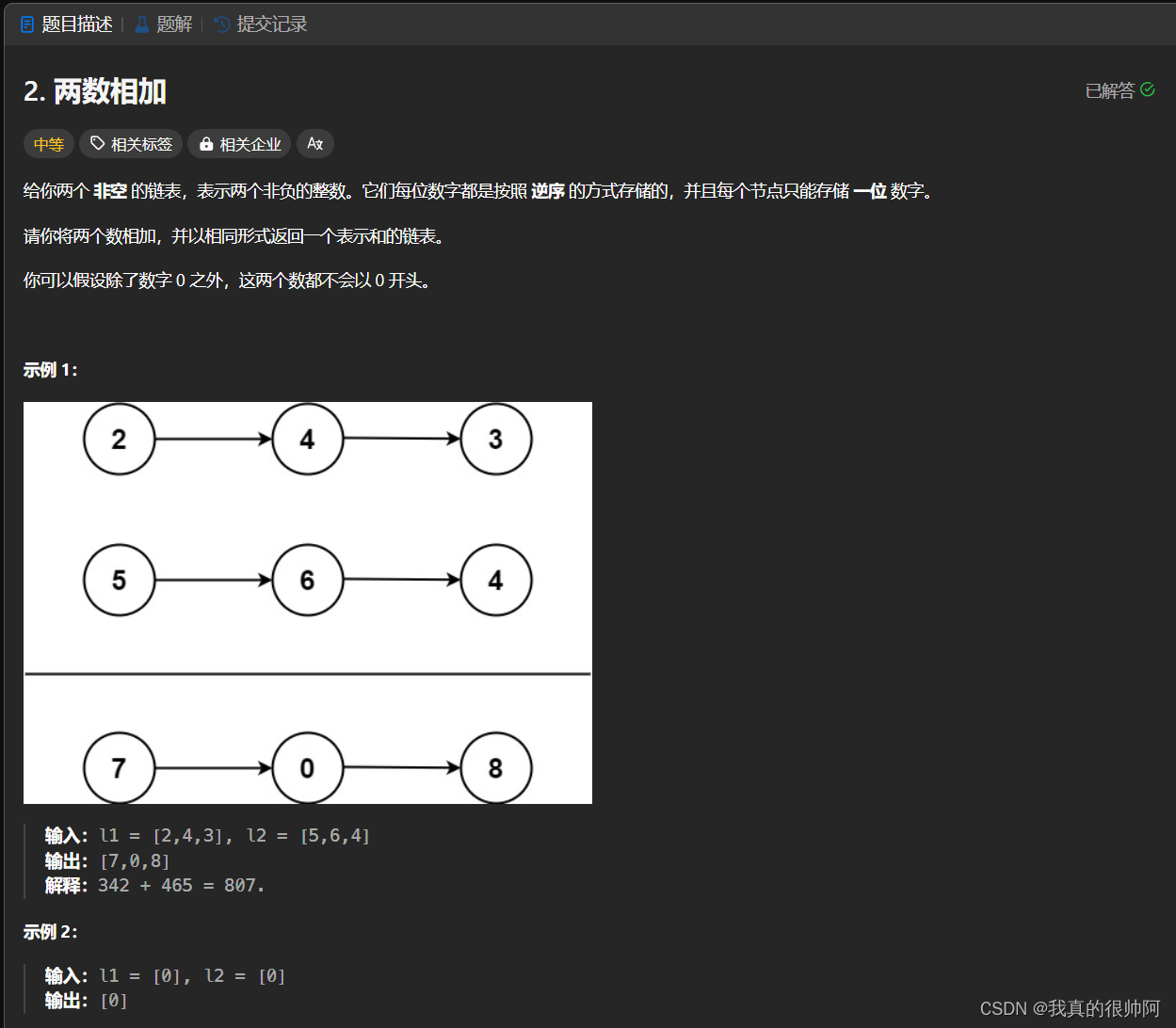
本题需要考虑2个情况:短的链表需要补0、需要考虑进位。 代码如下:
/*** Definition for singly-linked list.* public class ListNode {* int val;* ListNode next;* ListNode() {}* ListNode(int val) { this.val = val; }* ListNode(int val, ListNode next) { this.val = val; this.next = next; }* }*/
class Solution {public ListNode addTwoNumbers(ListNode l1, ListNode l2) {ListNode dummy = new ListNode();ListNode cur = dummy;int next = 0; //进位while(l1 != null || l2 != null){int n1 = l1 == null? 0 : l1.val;int n2 = l2 == null? 0 : l2.val;int sum = n1 + n2 + next;next = sum / 10;cur.next = new ListNode(sum % 10);cur = cur.next;if(l1 != null) l1 = l1.next;if(l2 != null) l2 = l2.next;}if(next > 0){cur.next = new ListNode(next);}return dummy.next;}
}8、删除链表的倒数第 N 个结点

先找到要删除的那个节点的前驱节点,然后将其后继节点设为被删节点的后继节点即可。
/*** Definition for singly-linked list.* public class ListNode {* int val;* ListNode next;* ListNode() {}* ListNode(int val) { this.val = val; }* ListNode(int val, ListNode next) { this.val = val; this.next = next; }* }*/
class Solution {public ListNode removeNthFromEnd(ListNode head, int n) {int sum = 0; //节点个数ListNode cur = head;while(cur != null){sum++;cur = cur.next;}int count = sum - n;ListNode dummy = new ListNode();dummy.next = head;cur = dummy;//将节点移动至被删节点的前一个节点while(count > 0){cur = cur.next;count--;}cur.next = cur.next.next;return dummy.next;}
}9、LRU 缓存
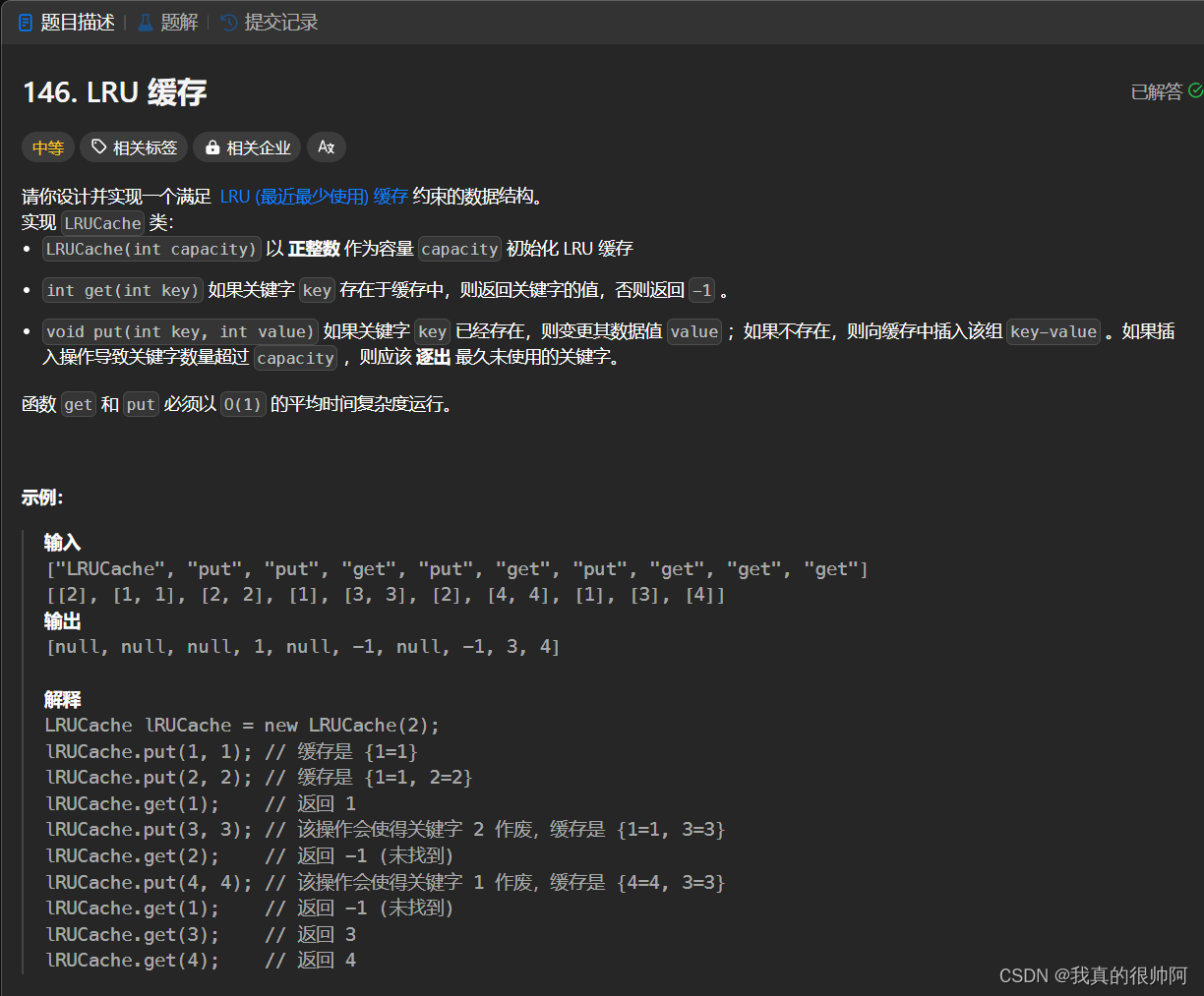
本题需要维护一个队列,队头元素即为最近使用的元素,队尾元素即为最近最久没使用过的元素。
class LRUCache {private int capacity;Map<Integer,Integer> map = new HashMap<>();LinkedList<Integer> LRUlist = new LinkedList<>();public LRUCache(int capacity) {this.capacity = capacity;}public int get(int key) {int temp = map.getOrDefault(key,-1);if(temp != -1){//更新LRUlistLRUlist.remove((Integer)key);LRUlist.addFirst(key);}return temp;}public void put(int key, int value) {//已经存在该keyif(map.containsKey(key)){LRUlist.remove((Integer)key);LRUlist.addFirst(key);map.put(key,value);}else{//map未超出容量if(map.size() < capacity){map.put(key,value);LRUlist.addFirst(key);}else{int temp = LRUlist.removeLast(); //移除最近最久未使用的元素map.remove(temp);map.put(key,value);LRUlist.addFirst(key);}}}
}/*** Your LRUCache object will be instantiated and called as such:* LRUCache obj = new LRUCache(capacity);* int param_1 = obj.get(key);* obj.put(key,value);*/10、排序链表

本题先将链表的值保存至集合中,再将集合的元素排序,再重新构造出一个链表。
/*** Definition for singly-linked list.* public class ListNode {* int val;* ListNode next;* ListNode() {}* ListNode(int val) { this.val = val; }* ListNode(int val, ListNode next) { this.val = val; this.next = next; }* }*/
class Solution {public ListNode sortList(ListNode head) {ListNode cur = head;List<Integer> nums = new ArrayList<>();while(cur != null){nums.add(cur.val);cur = cur.next;}Collections.sort(nums);ListNode dummy = new ListNode();cur = dummy;for(int i=0; i<nums.size(); i++){cur.next = new ListNode(nums.get(i));cur = cur.next;}return dummy.next;}
}

